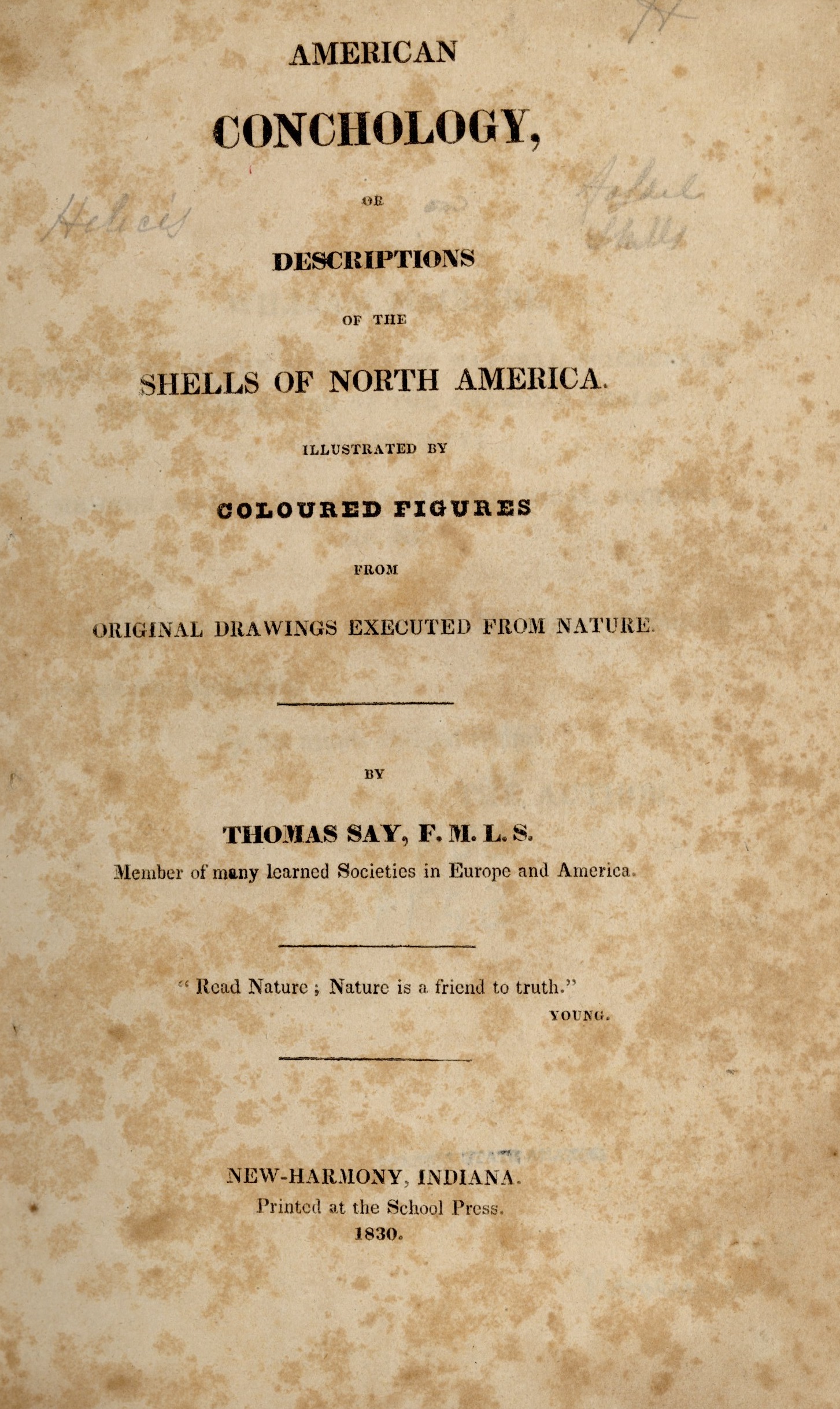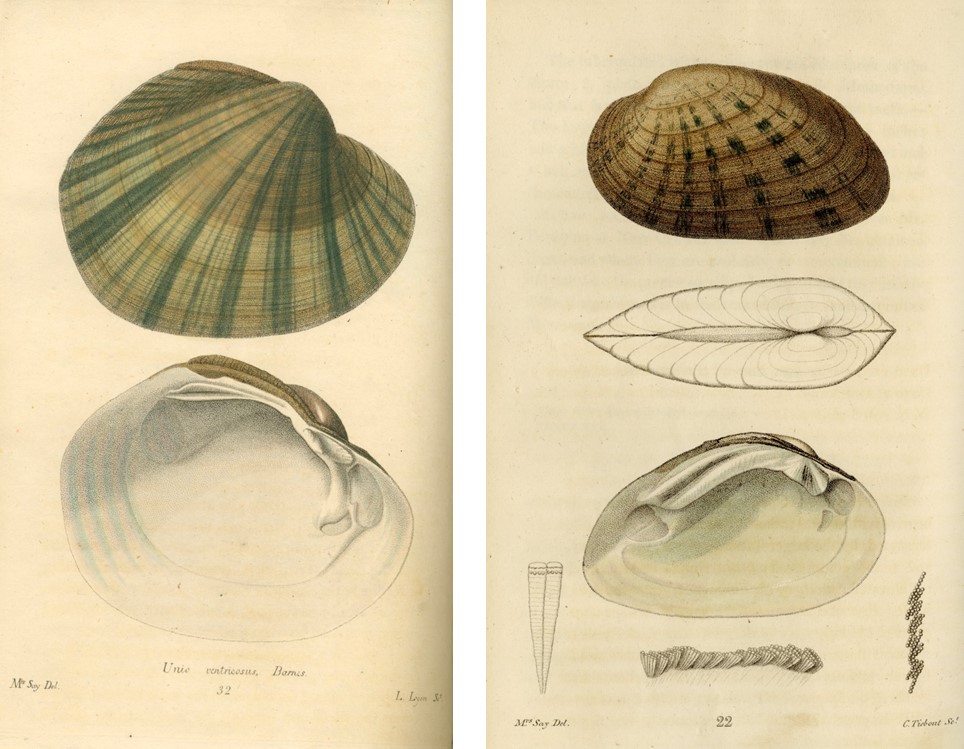On Thursday, Dec. 8, 1825, a keelboat titled The Philanthropist pushed away from a dock in Pittsburgh, Pennsylvania and began its long voyage west along the Ohio River. The ships passengers were among some of Pennsylvania’s most prominent intellectuals. Comprised of scientists, educators, social reformers and artists, the ship was dubbed the Boatload of Knowledge by Robert Owen, whose utopian ideals formed the basis of the endeavor. The passengers were en route to settle in New Harmony, Indiana and were the initial participants in Owen’s experiment in cooperative and socialistic communal living.
Among the many talented individuals on the Boatload of Knowledge was a young woman named Lucy Way Sistare, who had been educated in Philadelphia under the tutelage of a progressive educator named Madame Marie Fretageot. While a student, Sistare studied scientific illustration and even received instruction from famous American naturalist, John James Audubon.
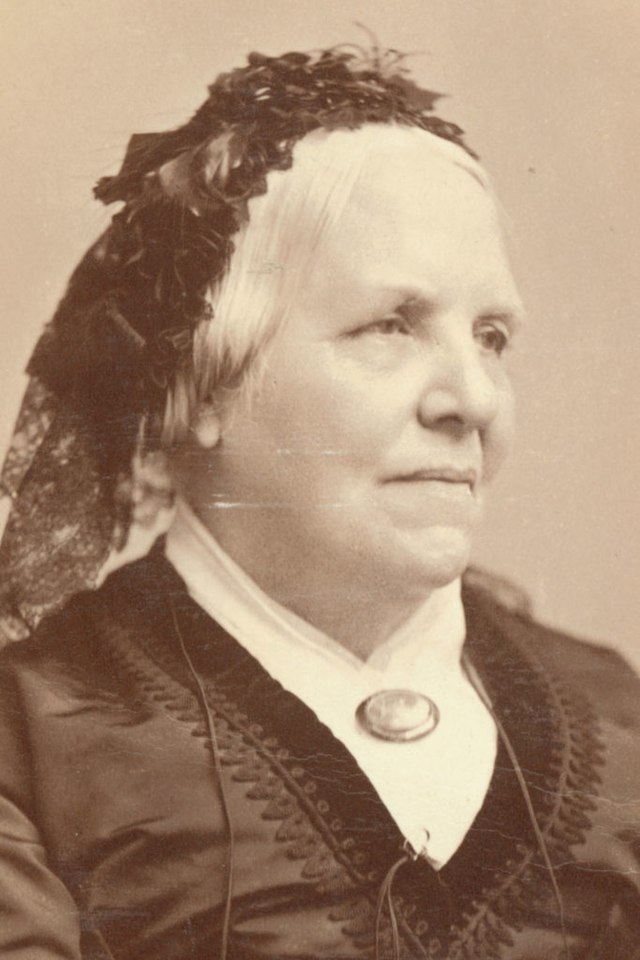
Lucy Say towards the end of her life. Photo courtesy of Wikipedia.
Among the other passengers was the entomologist Thomas Say. By 1825, Say had been on numerous scientific expeditions into the American frontier and was one of the first scientists to officially document many specimens of North America. He helped found the Academy of Natural Science of Philadelphia and was made captain of the Boatload of Knowledge.
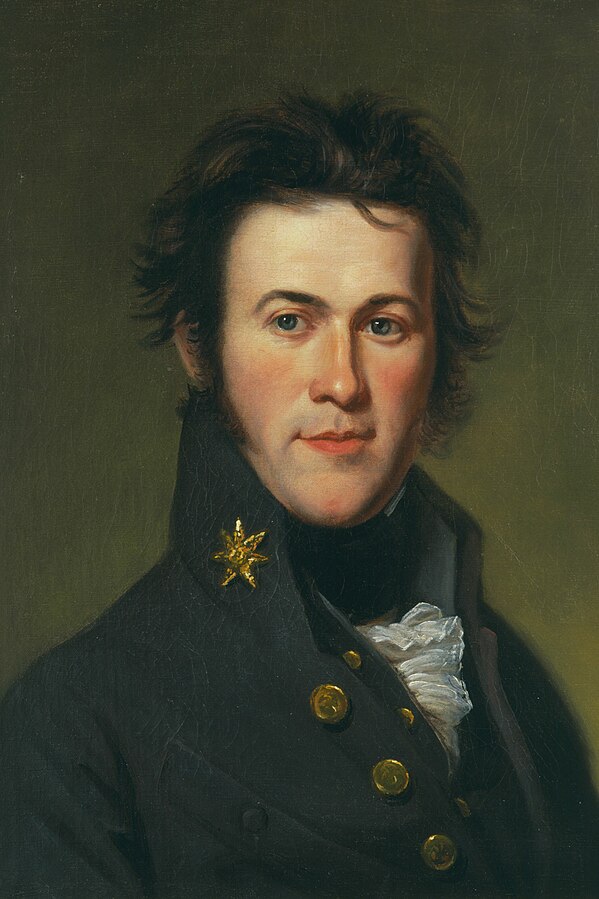
Portrait of Thomas Say by Rembrandt Peale from Wikimedia Commons.
The boat reached Mount Vernon, Indiana on Jan. 23, 1826 and the travelers continued by land to the settlement in New Harmony.
Sistare had likely met Say in Philadelphia prior to the voyage to Indiana, but the long journey combined with the arduous task of living in a frontier community must have caused a bond to develop between the two as they were married less than a year later on Jan. 4, 1827. Lucy spent her time in New Harmony teaching illustration techniques while Thomas continued to explore the natural world.
The couple’s distinct talents came together to produce the book “American Conchology, or Descriptions of the Shells of North America.” Thomas’s descriptive text was accompanied by Lucy’s meticulous illustrations, many of which were hand-colored either by her or two of her New Harmony students. Printed by the New Harmony School Press in 1830, it is one of the earliest books published in the state of Indiana.
Thomas would die in 1834. Lucy left New Harmony soon afterwards. She would become the first female member of the Academy of Natural Science of Philadelphia, the scientific society her husband helped to create. She continued to be involved in scientific endeavors until her death in 1886.
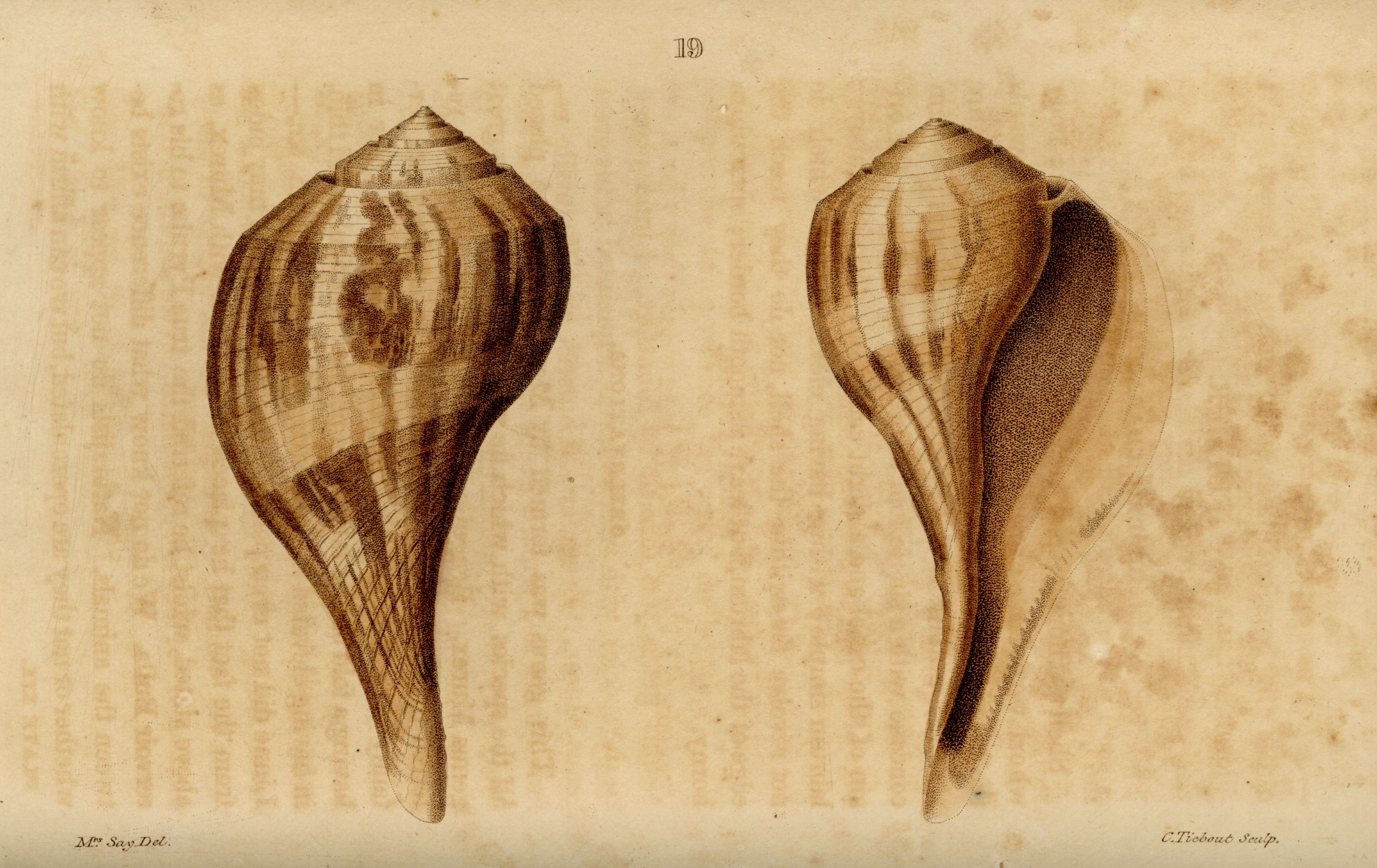 The book Thomas and Lucy created in the frontier community of New Harmony continues to be highly sought after by book collectors. Among early American scientific books, it stands out primarily due to Lucy’s meticulous and delicately rendered illustrations.
The book Thomas and Lucy created in the frontier community of New Harmony continues to be highly sought after by book collectors. Among early American scientific books, it stands out primarily due to Lucy’s meticulous and delicately rendered illustrations.
This blog post was written by Jocelyn Lewis, Catalog Division supervisor, Indiana State Library. For more information, contact the Indiana State Library at 317-232-3678 or “Ask-A-Librarian.”
Sources
Pitzer, Donald E. (1989). “The original Boatload of Knowledge down the Ohio River: William Maclure’s and Robert Owen’s transfer of science and education to the Midwest,” 1825-1826. Ohio Journal of Science, 89(5), 128-142.
Say, Thomas. (1830). “American Conchology, or Descriptions of the Shells of North America.” New Harmony School Press.
“Say’s creative process.” American Philosophical Society. Retrieved Aug. 13, 2024 from https://www.amphilsoc.org/museum/exhibitions/lucy-says-shells/says-creative-process

